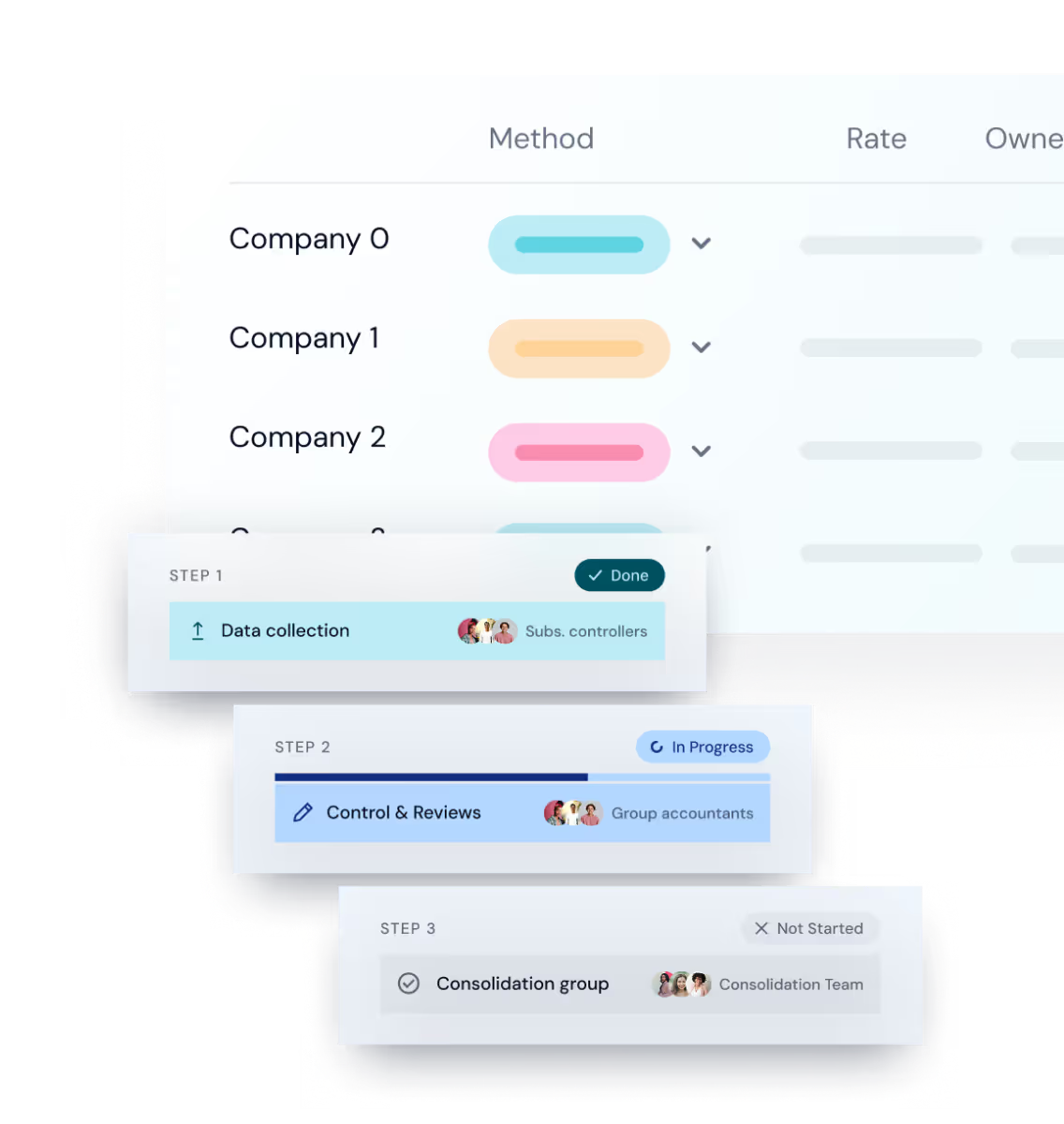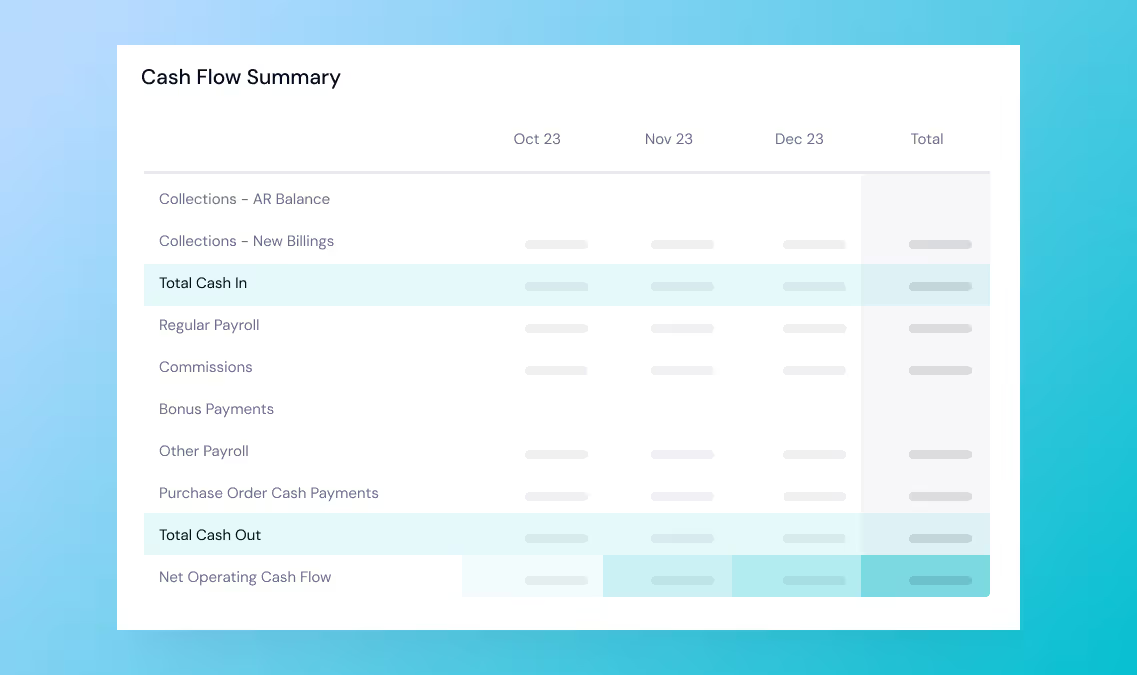Why Pigment?



Create real-time, customized consolidated financial reports for any stakeholder, from management dashboards to statutory disclosures, without IT support.


Define and maintain complex consolidation logic without writing a single line of code, ensuring finance teams own the financial consolidation and reporting process end to end.
Deploy pre-built applications with accounting-compliant rules, controls, and statements, so you can hit the ground running.





Pigment’s financial consolidation tools automate data imports, currency conversions, intercompany eliminations, and financial statement generation. This reduces manual work and errors, helping finance teams deliver annual consolidated financial statements faster. You can also explore our planning and reporting capabilities for a more connected finance process.
Unlike manual spreadsheets or legacy financial consolidation tools, Pigment gives you a unified, user-friendly platform that streamlines collaboration, improves data accuracy, and enables confident decision-making. Schedule your demo now and transform planning with Pigment!
Yes! Pigment’s financial consolidation tools automate FX rate applications, translating local currency data to your reporting currency using period-end and average rates. This ensures your consolidated financial reporting stays compliant and accurate across borders.
By freeing your team from manual tasks, Pigment gives FP&A teams the time and tools to analyze performance, run scenarios, and provide recommendations that drive growth. Explore how Pigment makes your finance team a key strategic partner.
Yes! Pigment connects to ERPs like Netsuite and Sage Intacct, CRMs like Salesforce and HubSpot, plus billing tools like Stripe and Chargebee. You get automated, scheduled data imports to keep your consolidated financial statements up to date. Learn more about Pigment integrations.